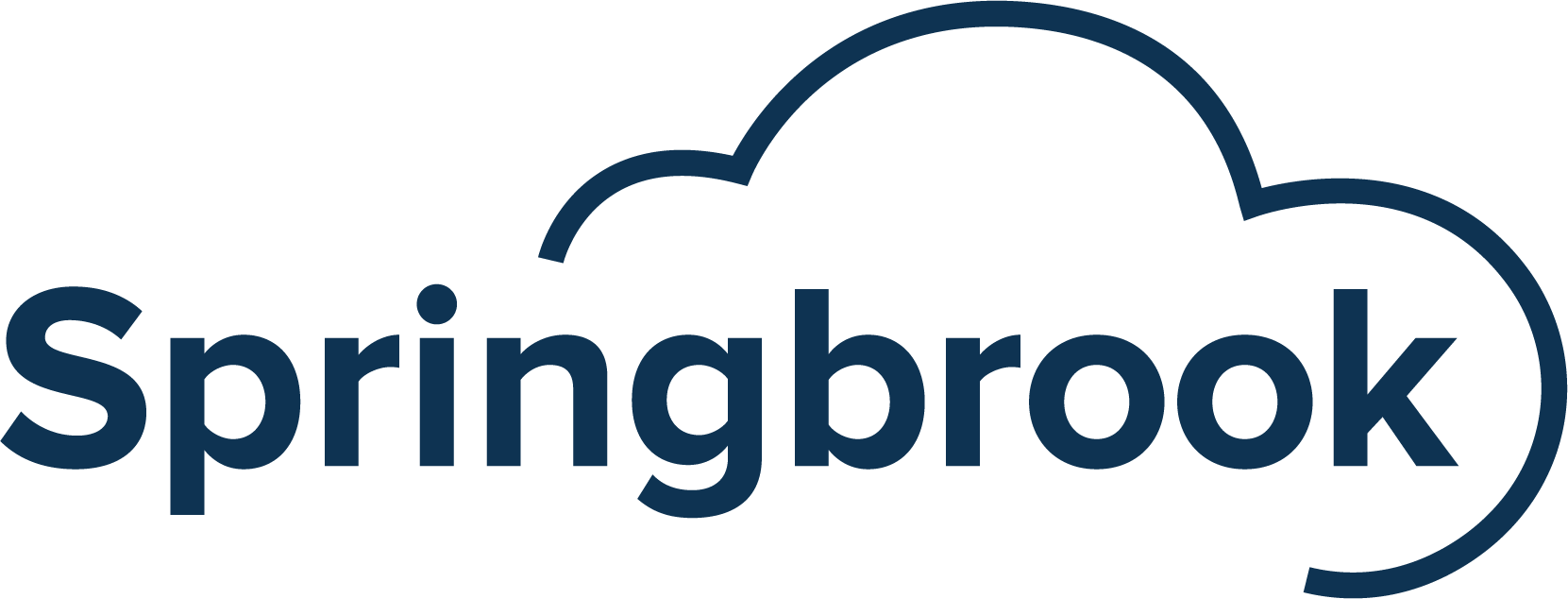In the realm of civic engagement, politicians often receive the most attention. Yet, it is the diligent efforts of public administrators, like mayors, council members, and supporting staff, that quietly shape the trajectory of our communities.
Today, citizens expect more from their local government administrators than ever before. They are charged with delivering efficient services and seamless digital experiences while also maintaining the modernity and safety of organizational infrastructure. They work under constant scrutiny from residents who expect increased transparency and careful management of limited taxpayer dollars. But despite the critical role they play in local communities, public administrators often lack the tools and support needed to carry out their duties successfully.
The public sector often plays catch-up in a rapidly evolving world, struggling to keep up with economic, social, technological, and cultural changes. These shortcomings are not just a matter of organizational efficiency but directly impact the ability of federal, state, and local governments to deliver vital services to their communities. Government administrators will need to transform outdated operational models, improve service delivery, and address critical security concerns to successfully navigate the challenges of modern governance and build trust in public institutions.
Technology can serve as a key ally on this journey, offering local governments a full suite of solutions to address these challenges. However, to harness the full potential of innovative technology, public administrators will have to stay abreast of emerging trends, understand the tools at their disposal, and select the technology solutions that will have the most significant impact on their organization.
Join us as we delve into the key challenges facing government administrators today and explore the solutions offered by innovative technology.
-
Budget Constraints
Despite a robust economy and unemployment rates hovering around 3 percent, the national debt continues to grow by approximately $1 trillion annually. As the federal government grapples with a staggering deficit reaching $22 trillion, public administrators at all levels of governance are feeling the ripple effects with their budgets dwindling.
State and local governments face difficult decisions as they navigate shrinking budgets and ever-increasing expenses. Some states have opted for tax cuts without introducing commensurate spending reductions, while others have augmented spending without corresponding revenue increases. Unfunded pension liabilities add to the problem, threatening public investments in critical areas such as education and infrastructure over the coming decade.
Against this backdrop, political promises are becoming increasingly difficult to keep, as elected officials have a limited ability to apply funds to crucial programs. Compounding these challenges is the rising number of emergencies, from opioid epidemics to natural disasters, which strain already overburdened budgets. As public administrators grapple with competing priorities and navigate uncertainty, the road to long-term fiscal sustainability appears fraught with difficult decisions and trade-offs.
How Technology Can Help
By leveraging technology and adopting innovative approaches to financial management, public administrators can navigate the challenges of fiscal uncertainty, make the most of limited budgets, and position their organizations for long-term success.
Modern finance Enterprise Resource Planning (ERP) systems allow local governments to reimagine the budgeting process, allocate funds more efficiently, and incorporate foresight mechanisms, such as scenario planning, to assess the long-term impacts of budgetary decisions. While proactively incorporating these data-driven insights into annual budget deliberations cannot solve the complex challenges of deficits and debt, it can foster greater fiscal discipline and resilience.
With advanced reporting and analytics built right into the software, leading ERP solutions also empower local governments to assess the fiscal health of the organization, evaluate the value of existing programs, and eliminate fraud, waste, and abuse. Public administrators must recognize their pivotal role in advising elected officials on fiscal matters and champion evidence-based, data-driven approaches to resource allocation.
-
Outdated Technology
Local governments also face a wide range of technological challenges, from outdated infrastructure and a severe digital innovation gap between the public and the private sector to a poor security posture and looming cybersecurity threats.
Cybersecurity is a critical concern within the public sector, as local and state governments retain substantial volumes of sensitive personal data, including names, addresses, driver’s license numbers, Social Security numbers, and various contractual, billing, and financial details. Increasingly sophisticated tactics for exploiting vulnerabilities pose considerable risks to government operations and citizen privacy. These attacks don’t simply threaten information security but also disrupt the delivery of essential services to citizens. Jackson County, MO, is only one of the latest targets, falling victim to a ransomware attack that left the assessment, collection, and recorder of deeds offices shuttered.
The work of local governments is also hindered by outdated technology that fails to deliver the user-friendly feature set and intuitive interface needed for efficient processes and timely progress. In addition, legacy solutions are unable to handle and make use of the large volume of data local government collects, from hours of airport surveillance camera footage and a flood of weather and climate information to increasingly detailed Census data and real-time news events. With this overload comes the possibility of missing important information needed for informed decision-making and delays in service delivery as teams try to make sense of the data at their disposal.
How Technology Can Help
Switching to multi-tenant Software-as-a-Service (SaaS) solutions can greatly benefit local government, providing agencies with access to leading-edge features, easy system management, and advanced security. SaaS solutions are built on cutting-edge platforms and automatically roll out new features, patches, and improvements to all users, typically at no extra charge. This agile approach enables local governments to take advantage of rapid innovation and boost efficiency within the organization without the burden of handling infrastructure management and updates in-house.
Advanced ERP software also helps consolidate financial information from different sources and can be integrated with other tools in the organization’s technology stack, simplifying data collection and management. With the robust analytics module included in leading solutions, organizations can make sense of the large volume of data at their disposal and extract relevant insights for large-scale data-driven decision-making.
Leading SaaS providers like Springbrook Software also prioritize best-in-class cybersecurity, ensuring that government entities receive advanced protection. These vendors stay abreast of the latest threats and continually enhance system security, offering robust defense for citizens’ personal and financial data.
-
Decreased Trust in Government Institutions
In recent years, there has been a noticeable decline in public trust in government institutions, with citizens increasingly questioning the effectiveness of their leaders and the delivery of government services. This erosion of trust has been reflected in low voter turnout and skepticism towards the political process. For instance, in typical presidential election years, voter participation rarely exceeds 60 percent of the eligible population, and it drops further to about 40 percent during midterms.
With public trust wavering, convincing residents of the value and efficacy of government initiatives becomes more difficult, yet it is more important than ever. Implementing transparency and accountability, as well as demonstrating tangible results in the delivery of critical services, will be essential in restoring faith in public institutions and strengthening civic participation.
How Technology Can Help
Implementing a finance ERP system can significantly reduce inefficiencies in government operations and simplify the detection of fraud, waste, and abuse, ensuring that taxpayer dollars are utilized prudently and effectively.
Transparent communication of spending decisions is also crucial for fostering public trust in local government. Finance ERPs enable organizations to effectively convey their challenges to constituents, providing insights into the realities of operating within constrained budgets. When presented with clear and comprehensible information about where and how government funds are allocated, citizens gain a deeper understanding of financial processes and the rationale behind specific spending decisions.
The data collected by a modern finance ERP can be shared with constituents in a user-friendly format. Through interactive dashboards and visualizations, complex fiscal decisions are translated into easily digestible insights, empowering citizens to make informed judgments and engage meaningfully in the democratic process.
-
Siloed Operations
The management of complex public programs involves a collaborative process between a diverse workforce of employees spanning federal, state, and local governments, as well as contractors from public and nonprofit sectors. Successful problem-solving in government necessitates close collaboration across these disparate groups. As organizations prepare for and respond to unprecedented challenges, from natural disasters to pandemics, collaboration within a multi-sectoral workforce becomes even more critical.
Yet, many local governments have not prioritized the development of vital collaborative capabilities, and departments often operate in individual siloes, leading to inefficiencies in program implementation. Public administrators play a pivotal role in bringing together diverse stakeholders to devise effective policies and build impactful programs across levels of government and sectors of society.
How Technology Can Help
Modern ERP systems ease collaborative planning within organizations by facilitating a streamlined budgeting process for key initiatives. They empower stakeholders from diverse departments to contribute, review proposals, and align priorities with overarching goals, promoting cohesive decision-making and resource allocation.
The centralization of financial data is another critical feature of ERP systems that supports meaningful collaboration. By storing financial information in a central repository accessible to authorized users across departments and divisions, ERPs eliminate data silos. This real-time visibility into financial transactions, budgets, and performance metrics ensures that key stakeholders are on the same page and empowers employees to make informed decisions based on the most current data.
Leading ERP systems also offer functionalities such as task assignment, deadline setting, and progress tracking, which promote accountability and transparency in financial activities and projects. Managers can efficiently assign tasks, monitor progress, and track expenditures, ensuring that financial processes align with organizational objectives.
-
Bureaucratic Procedures
The public sector is still organized based on the presumption that in a stable and predictable world, government functions can be rooted in large-scale, repeatable routines. This hierarchical bureaucratic model, borrowed from the corporate world in the mid-20th century, has served as the foundation for government operations for decades. But this traditional model no longer aligns with the realities of an increasingly unpredictable landscape. Just as the corporate sector grapples with structural reorganization needed to deliver services more efficiently, so too does the public sector face similar challenges in adapting its organizational structure to meet modern demands.
Bureaucratic procedures within local governments take many forms, from a hefty dose of complexity and red tape, which can significantly slow down decision-making and implementation processes, to navigating intricate regulations and requirements, which can lead to delays and inefficiencies in service delivery. With limited resources, handling these tasks can become overwhelming, hindering the smooth functioning of local governments.
How Technology Can Help
Modern technology can greatly ease the burden of bureaucratic processes and improve efficiency in local government work.
Technology solutions, such as modern ERP software, can be tailored to ensure compliance with government regulations and policies, incorporating built-in checks and controls to uphold regulatory standards, from transparency standards to tax laws and procurement regulations.
With the stringent reporting requirements faced by government entities, ERP systems can also streamline workflows by generating standardized reports, making it easier for government agencies to submit accurate and timely reports to regulatory authorities. Additionally, ERP systems maintain comprehensive audit trails of financial transactions, documenting key details such as the initiator of each transaction, the timing of the transaction, and any modifications made. This meticulous record-keeping enhances transparency and accountability in government financial operations, enabling auditors to easily trace the flow of funds and verify the accuracy of financial records.
-
Political Interference
Political interference can also hinder public administrators’ work, impacting the ability of local government agencies to operate effectively. Unfortunately, this dynamic creates additional challenges for public servants, who often find themselves grappling with unexpected complications even in seemingly straightforward tasks.
Political interference poses a significant risk to public administrators, as it can undermine their ability to prioritize the best interests of the public. Pressure from elected officials to align with political agendas may lead administrators to make decisions or allocate resources that do not necessarily align with the most effective or efficient course of action. Such interference can compromise the integrity and effectiveness of public administration, ultimately eroding public trust in government institutions.
How Technology Can Help
While a Finance Enterprise Resource Planning (ERP) system may not directly address political interference, it can indirectly mitigate its effects and promote transparency, accountability, and efficiency in financial management. By providing real-time insights into an institution’s financial health and forecasting future trends, ERP systems empower government leaders to make informed decisions and resist political interference that may compromise fiscal sustainability.
ERP systems also centralize financial data and transactions, providing a transparent view of government finances. This transparency can make it more difficult for politically motivated actors to manipulate or misrepresent financial information for their gain.
Today, citizens demand more from their local government administrators than ever before. They expect efficient services, seamless digital experiences, increased transparency, and prudent fiscal management.
To meet these expectations with limited resources, government leaders must prioritize key modernization initiatives to navigate budget constraints better, tackle operational inefficiencies, and secure their infrastructure. Only by ramping up strategic planning efforts, tackling management hurdles, and adopting collaborative approaches can agencies align their initiatives with public expectations and achieve impactful outcomes.


